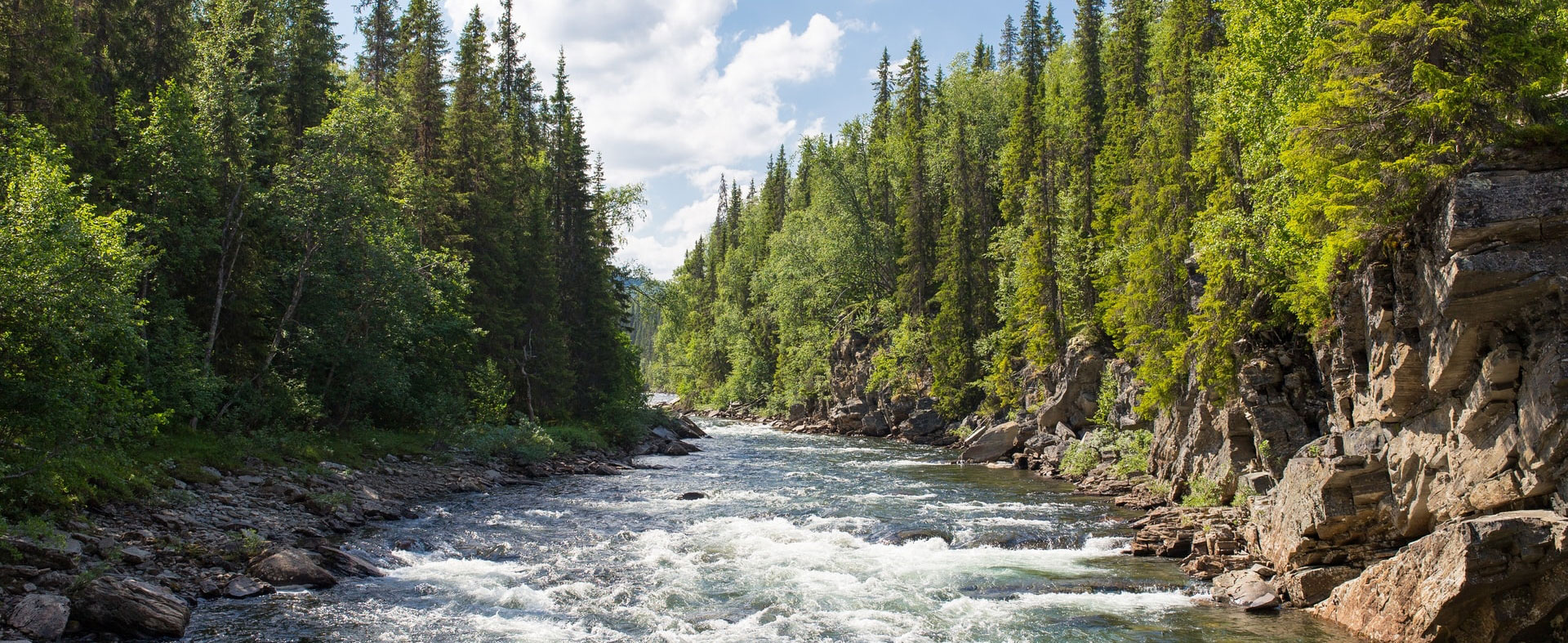Hydroinformatics Blog - Arc Hydro’s WIM: A Machine Learning Framework for Wetland Identification
Posted Dec 7, 2022
Hydroinformatics Blog Post
Organized by the CUAHSI Informatics Standing Committee. Contributions are welcome, please contact Veronica Sosa Gonzalez at email hidden; JavaScript is required.
By: Gina L. O’Neil, Ph.D.
Wetlands are a vital ecosystem that provide ecological habitat, improve water quality, and ease flood and drought severity. As rapid development and climate change continue to threaten wetland health, it is increasingly important to build and share tools for wetland management and conservation. Tools to identify wetlands with greater efficiency than traditional manual processes are particularly valuable. The National Wetland Inventory (NWI) recognizes this need and is working with the wetland science community to develop an updated, semi-automated wetland mapping workflow. Arc Hydro’s Wetland Identification Model (WIM) is a candidate toolset to meet this goal.
Method and Infrastructure
While there are many types of wetlands, all can be identified by common features, including the presence of hydrologic conditions that inundate the area, vegetation adapted for life in saturated soil conditions, and hydric soils. Remote sensing data offer new opportunities to observe these patterns at varying scales. LiDAR DEMs are particularly well-suited to modeling hydrologic drivers of wetland formation given their recent collection dates, wide availability, and high spatial resolution. Many studies have shown the ability of DEM derivatives to model flow convergence and act as proxies for near-surface soil moisture (e.g., Lang et al., 2013; Lang & McCarty, 2014; Millard & Richardson, 2013; Millard & Richardson, 2015; O'Neil et al., 2018).
